Heritage is our legacy from the past, what we live with today, and what we pass on to future generations.
Our cultural and natural heritage are irreplaceable sources of life and inspiration.
What makes the concept of World Heritage exceptional is its universal application.
World Heritage sites belong to all the peoples of the world, irrespective of the territory on which they are located.

UNESCO (United Nations Educational, Scientific and Cultural Organization) was founded in Paris in 1946 with the aim of promoting peace, respect for human rights and equality among peoples through education, science, culture and communication.
As defined in the preamble of its constitution, the organization aims to Contribute to peace and security by promoting collaboration among nations through education, science and culture in order to ensure universal respect for justice, the rule of law, human rights and fundamental freedoms which the Charter of the United Nations recognizes for all peoples, without distinction of race, sex, language or religion.
Through programs that promote intercultural dialogue, access to new technologies and the dissemination of scientific knowledge, UNESCO develops policies to address social, environmental and economic challenges in line with the principles of sustainable development.
The main objectives include the promotion of universal access to quality education and intercultural understanding through the safeguarding of World Heritage sites; support for scientific cooperation aimed at disaster prevention and the management of natural resources; the protection of freedom of expression, an essential condition for democracy and human dignity.
These objectives are expressed on the basis of five strategic pillars, known as the “5 Cs”
UNESCO’s main mission is the identification, protection, conservation, and transmission of the world’s cultural and natural heritage. The 1972 Convention, signed in Paris, governs the protection of sites of Outstanding Universal Value for humanity; it was with the 1972 Convention that the World Heritage List was established, continuously updated with the inclusion of artistic works, archaeological sites, natural spaces, and intangible assets.
The Convention also defines the duties of States in identifying, protecting, and conserving potential sites. Signatory States are invited to integrate the protection of heritage into regional planning programs, improving knowledge through educational and informational programs. Furthermore, they must submit periodic reports to the World Heritage Committee on the state of conservation of inscribed sites.
Discover the evolution of the Convention in the official timeline:
https://whc.unesco.org/en/convention
Established in 1950, the Italian National Commission for UNESCO promotes and coordinates the implementation of UNESCO programs in Italy, supporting initiatives in the fields of education, science, culture, communication, and information.
The Assembly defines the general strategies, while the Governing Council guides their implementation. The Secretariat, with operational functions, ensures the functioning of the Commission and the coordination of activities.
Official website: https://www.unesco.it/it/
